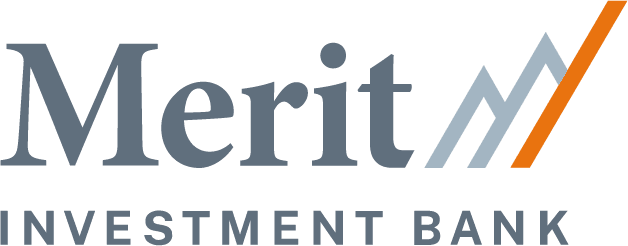Introduction
Mergers and acquisitions (M&A) can be transformative events—unlocking growth, market expansion, and shareholder value. However, even well-structured deals can falter due to unseen risks. At Merit Investment Bank, our experience shows that successful transactions depend on foresight, preparation, and the ability to manage both technical and human factors throughout the process.
This report outlines the most common risks that derail M&A deals—and the proven strategies to avoid them.
1. Misaligned Valuation Expectations
The Risk
Buyers and sellers often start from vastly different perceptions of value. Overvaluation by the seller or undervaluation by the buyer can stall negotiations or erode trust.
How to Avoid It
- Conduct an independent, data-driven valuation early.
- Align on key performance indicators (KPIs) and growth assumptions.
- Use third-party advisors to validate expectations and bridge gaps.
- Ensure transparency about debt, customer retention, and future pipeline strength.
2. Confidentiality Breaches
The Risk
Leaks about a potential sale can damage morale, spook customers, and alert competitors—potentially destroying deal value.
How to Avoid It
- Implement strict confidentiality protocols and NDAs from the start.
- Limit access to sensitive data to essential personnel only.
- Use secure data rooms and controlled communication channels.
- Develop a contingency communication plan in case of leaks.
3. Deal Fatigue
The Risk
Prolonged negotiations and due diligence can exhaust both parties, leading to rushed decisions, errors, or walkaways.
How to Avoid It
- Establish a clear timeline with milestones and accountability.
- Maintain consistent communication and decision-making cadence.
- Engage an experienced M&A advisor to manage complexity and momentum.
- Encourage team rest and rotation to prevent burnout.
4. Cultural and Leadership Misalignment
The Risk
Post-acquisition integration often fails when leadership styles, company cultures, or communication norms clash.
How to Avoid It
- Evaluate cultural compatibility during due diligence, not after signing.
- Facilitate early introductions between key leadership teams.
- Plan integration around people, not just processes.
- Use change management experts to align teams and values.
5. Poor Due Diligence
The Risk
Overlooking financial, legal, or operational red flags can lead to costly surprises post-closing.
How to Avoid It
- Conduct comprehensive due diligence across financial, legal, tax, HR, and technology domains.
- Use specialist advisors for deep reviews in critical areas.
- Insist on verified documentation rather than projections or verbal assurances.
- Address potential risks in deal structure or purchase price adjustments.
6. Key Talent Loss
The Risk
Losing key employees before or after the transaction can compromise business continuity and reduce value.
How to Avoid It
- Identify and retain critical talent early.
- Offer retention incentives tied to transaction milestones.
- Communicate openly about the transition timeline and opportunities.
- Maintain strong leadership visibility throughout the process.
7. Lack of Integration Planning
The Risk
Many deals succeed on paper but fail in execution because integration planning starts too late.
How to Avoid It
- Begin integration planning during due diligence—not after signing.
- Define success metrics (synergies, efficiency, retention).
- Build a cross-functional integration team with clear ownership.
- Execute quick wins to sustain confidence and momentum.
Conclusion
Every M&A deal carries risk—but most are avoidable. With early preparation, rigorous due diligence, and guidance from experienced advisors, sellers can navigate the process with confidence and achieve maximum value at exit.
At Merit Investment Bank, we specialize in guiding business owners through successful transitions, minimizing risks, and maximizing outcomes.


0 Comments